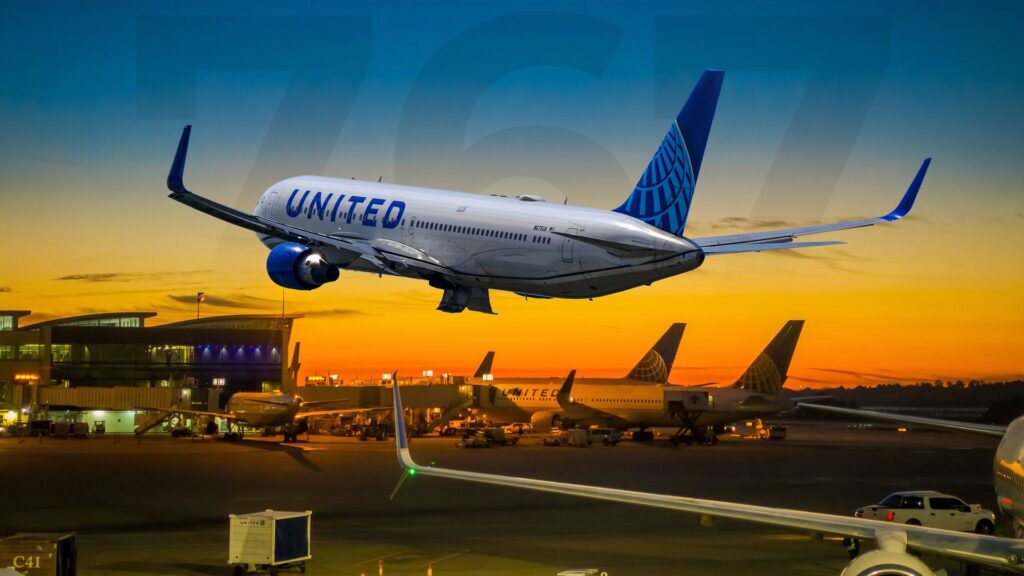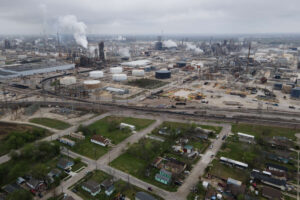
United Airlines has announced plans to retire its entire fleet of Boeing 767-300ER aircraft by December 2027. This decision marks the end of over three decades of service for the 37 aircraft, which were a significant part of the airline’s operations on transatlantic and transpacific routes. The move is driven by economic pressures, operational needs, and environmental goals as the airline pivots towards a more modern fleet.
The Boeing 767-300ER first joined United’s fleet on April 18, 1991. Over the years, it became known for its efficiency and suitability for long-haul flights. United acquired a total of 37 767-300ERs, which were powered by Pratt & Whitney PW4000 engines. At its height, this aircraft type represented approximately one-fifth of United’s widebody capacity. It facilitated routes from major hubs like Chicago and San Francisco to Europe and Asia, replacing older trijet models and delivering a modern flying experience.
However, the age of the fleet has become a pressing concern. As of now, the average age of the 767-300ER fleet stands at 27.6 years, with the youngest aircraft being 22.5 years old and the oldest at 34.4 years. These aging planes come with rising maintenance costs and decreasing operational efficiency, making it difficult for the airline to justify their continued operation.
Modernization and Sustainability Goals Drive Change
The decision to phase out the Boeing 767 aligns with United’s broader strategy to modernize its fleet with next-generation aircraft that promise better fuel efficiency and lower emissions. Fuel costs represent the largest operational expense for airlines, often accounting for 25-30% of total costs. Newer aircraft, such as the Boeing 787 Dreamliner, offer up to 25% better fuel efficiency compared to the 767, marking a significant improvement in operating costs.
United’s commitment to sustainability is also a factor in this transition. The airline aims to lower its per-seat carbon emissions significantly. By replacing the older 767s with 787s, United anticipates reductions in both fuel burn and maintenance costs, contributing to its long-term sustainability targets.
United has placed substantial orders for the Boeing 787 family, which will replace both the Boeing 767 and Boeing 777 fleets. The Boeing 787 not only boasts fuel efficiency but also a range of passenger-friendly features, including a quieter cabin and improved comfort.
Enhanced Passenger Experience and Operational Efficiency
As passenger expectations evolve, the Boeing 767 falls short of providing the modern amenities that travelers now seek. The cabin configurations of the 767, including the United Polaris business class, are less competitive compared to newer aircraft. For instance, the Polaris cabin on the 787 features a 1-2-1 layout, allowing direct aisle access for all passengers, which enhances comfort and privacy.
In contrast, the older 767s feature narrower configurations that do not meet current standards for passenger comfort. The transition to the 787 ensures a more consistent experience across United’s fleet, vital for maintaining loyalty among frequent flyers. This alignment is essential, especially on key routes where competition is fierce, such as transatlantic flights where carriers like Delta Air Lines and Lufthansa also operate.
The operational advantages of the Boeing 787 are extensive. United’s fleet of 787s allows for increased capacity on routes previously serviced by the Boeing 767, enhancing revenue potential from freight and baggage services. The aircraft’s advanced aerodynamics and fuel efficiency also contribute to substantial reductions in fuel consumption and CO2 emissions.
United’s strategy includes a unified pilot training program across all Boeing 787 variants, facilitating smoother crew management. This simplification enables the airline to adapt quickly to changing market demands without the complexities associated with managing multiple aircraft types.
Ultimately, the decision to retire the Boeing 767 reflects a broader industry trend towards modernization and sustainability. With the final retirement target set for December 2027, United Airlines is taking decisive steps to enhance its operational efficiency and customer experience while ensuring alignment with its environmental goals.
For passengers, this transition promises a move towards more comfortable journeys and better inflight technology. For operational teams, it signifies a streamlined approach that embraces next-generation platforms. As United Airlines embarks on this significant shift, the departure of the Boeing 767 marks not just the end of an era but the beginning of a more sustainable, efficient future in long-haul aviation.






